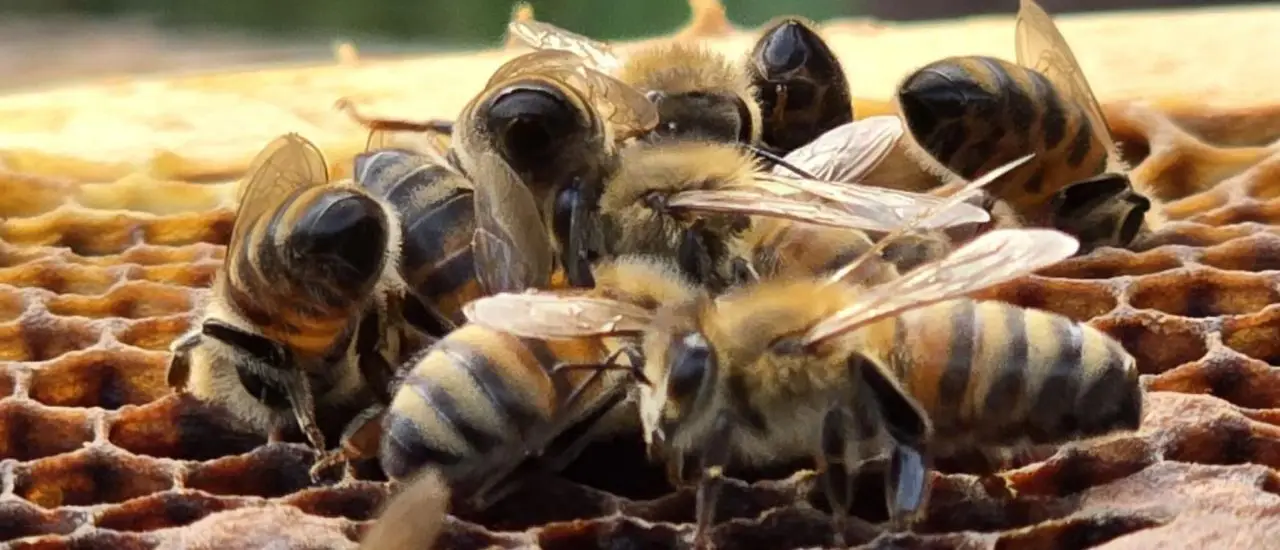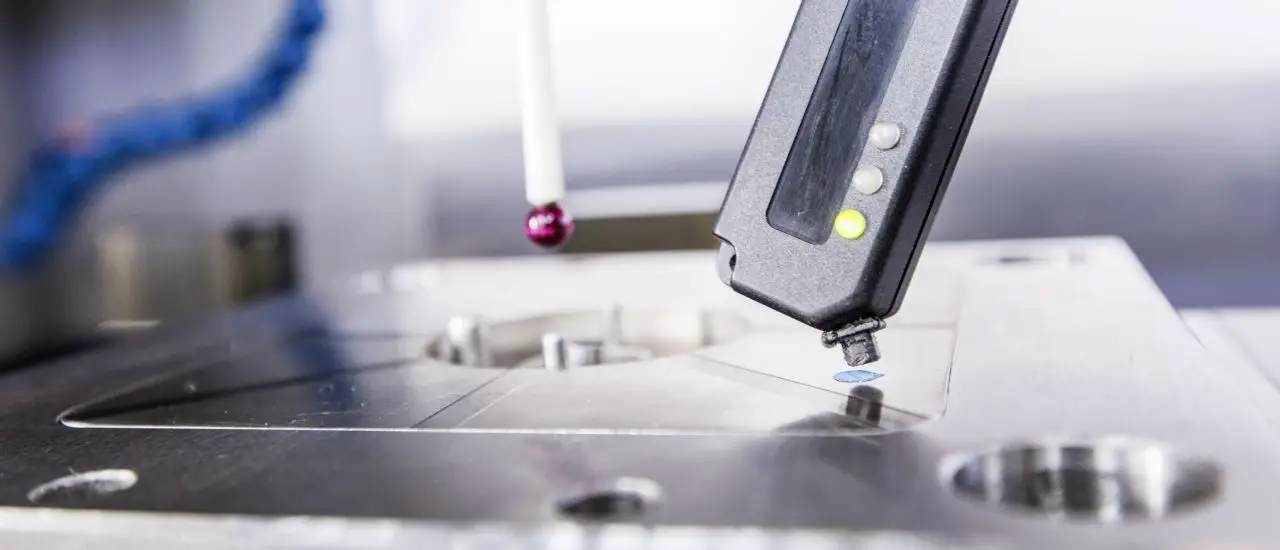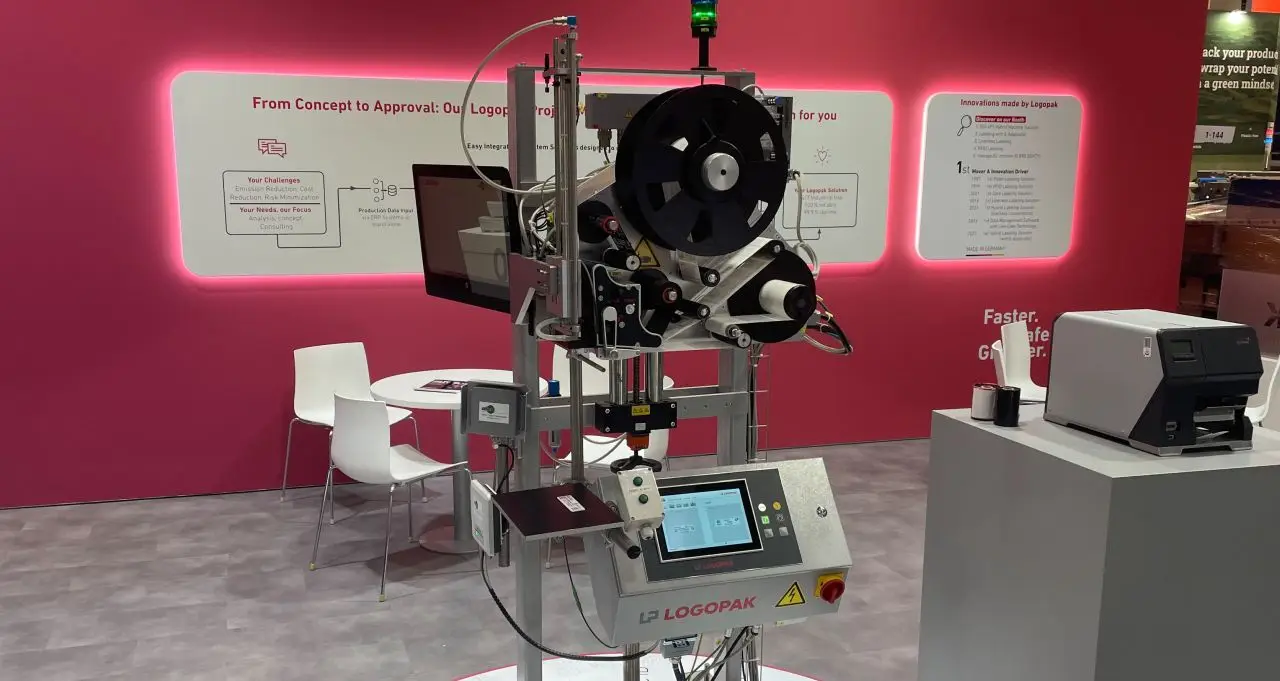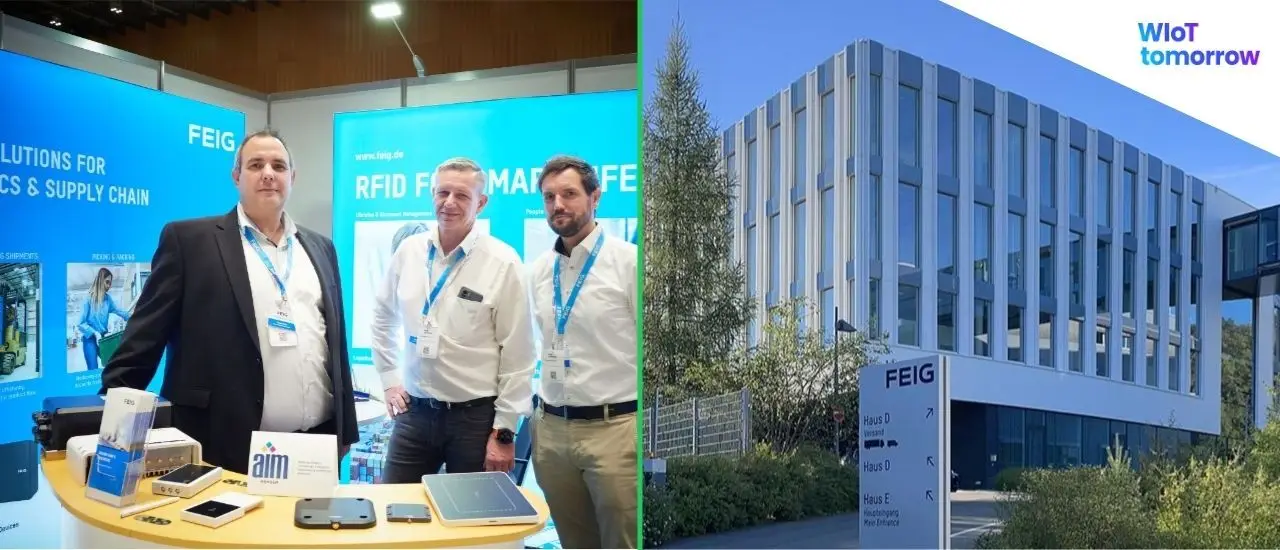- Microsensys' millimeter-scale mic3 Q1.6 transponders make RFID tagging of individual bees feasible without impairing flight.
- UHF RFID with inductive coupling, compact transponders and automated readers produce reproducible, high-resolution movement profiles.
- TELID BLE beacons measure hive microclimate and activity, forwarding data via iID Gateways to a cloud platform for visualization and alerts.
- Combined sensor data help detect effects of pesticides, parasites, climate shifts and other stressors, supporting earlier and more targeted responses.
- The Sens4Bee consortium and affiliated research partners develop energy-harvesting and battery solutions for long-term field studies and monitoring.
Why are bees indispensable—and why do we need new measurement methods?
Beekeepers and researchers have been facing a challenge for decades: accurately recording the behavior of individual bees in the hive and in the field. Traditional observation methods have their limits – there are too many individuals, their behavior is too complex, and many processes take place invisibly inside the hive.
The combination of traditional bee behavior research and high-tech sensor technology opens up new perspectives. This creates a high-resolution movement and behavior profile of individual bees. The goal is to better understand the stresses on bee colonies – and to develop long-term effective strategies against bee mortality.
No bees, no pollination: What risks threaten bee colonies?
Without bees, there would be no agriculture. Around 80 percent of all flowering plants depend on pollination by bees. At the same time, bee colonies worldwide are under enormous pressure: pesticides, introduced parasites such as the Varroa mite, climate change, and dwindling habitats are weakening populations.
Researchers are therefore looking for ways to better understand the behavior of bees – and are encountering a problem: bees are small, fast, and unimaginably numerous. Traditional observation methods quickly reach their limits here.
Why are bees dying? Factors, interactions, consequences
Bee mortality is the result of several factors working together. Pesticides such as neonicotinoids weaken orientation, fertility, and the immune system. Parasites such as the Varroa mite also transmit viruses and diseases. Climate change, with shifted flowering times and extreme weather, disrupts the food cycle, while intensive agriculture and land sealing destroy habitats. None of these factors alone explains the decline – it is their interaction that makes it so threatening.
Miniaturization as a breakthrough: How Microsensys made RFID possible for insects
The decisive step for use in bee research was the miniaturization of transponders. Back in the 1990s, Microsensys developed the world's first millimeter-sized RFID chips, which, thanks to their low weight and compact design, can also be attached to very small objects.
While conventional transponders were too large and heavy, this miniaturization opened up completely new application scenarios – including in animal and insect research.
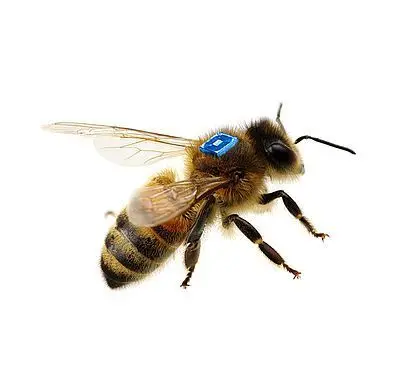
Bee research with miniature transponders: How are movement profiles of individual bees created?
Bee research has made important progress in Germany, but has only partially stemmed the decline in bee populations. There have been particular successes in combating Varroa mites: biotechnical methods such as brood removal, heat treatment, and optimized acid applications reduce losses caused by the main parasite.
Long-term projects such as the German Bee Monitoring Program also provide valuable data on diseases, pesticides, and colony losses, enabling targeted countermeasures. The breeding of more robust bees with higher tolerance to parasites and climate fluctuations is also progressing.
Despite these improvements—such as lower winter losses than in the 2000s—the situation remains tense.
This is where modern sensor technology comes in: with RFID and miniaturized transponders from manufacturers such as Microsensys, scientists can precisely record the behavior of individual bees, create movement profiles, and analyze changes in real time. RFID generates a high-resolution movement and behavior profile of the tagged bees. This allows disturbances caused by parasites, chemicals, or extreme weather to be identified more quickly and linked to findings from traditional research.
Technological implementation in practice: UHF (868 MHz) with inductive coupling
Three aspects are central to this:
UHF technology (868 MHz) with inductive coupling for short distances and precise detection.
Extremely small designs that do not impair flight capability.
Robust data collection via readers at pole entrances that automatically register and store movements.
This combination makes RFID an indispensable tool for research and monitoring.
What exactly does RFID document? Flight frequency, foraging behavior, early indicators
RFID recording provides structured and reproducible data – an indispensable basis for scientific research. Among other things, it documents flight frequency and the duration of individual foraging flights, as well as the influence of environmental factors such as temperature, pesticides, or parasites. Mortality rates and early signs of disease can also be reliably recorded in this way.
In addition, the data provides information about the distribution of roles within the swarm. This information forms the basis for ecological studies, pollination research, and continuous health monitoring of bee colonies.
Product focus: mic3 Q1.6 – one of the smallest RFID transponders in the world
The new generation of mic3 Q1.6 mini transponders is one of the smallest RFID transponders in the world. Measuring 1.6 x 1.6 x 0.4 mm, the transponder was specially developed for the identification of bees and other small animals with a globally unique ID. Weighing less than 2 milligrams, the tiny transponders have virtually no impact on the animals' freedom of movement. At the same time, sensitivity has been significantly increased, ensuring precise readability even during rapid movements.
Optimized antenna designs ensure reliable ranges despite the minimal dimensions, while high robustness against changing environmental conditions ensures outdoor use. Thanks to these specifications, Microsensys has positioned itself as a leading provider of extremely compact RFID systems for research.
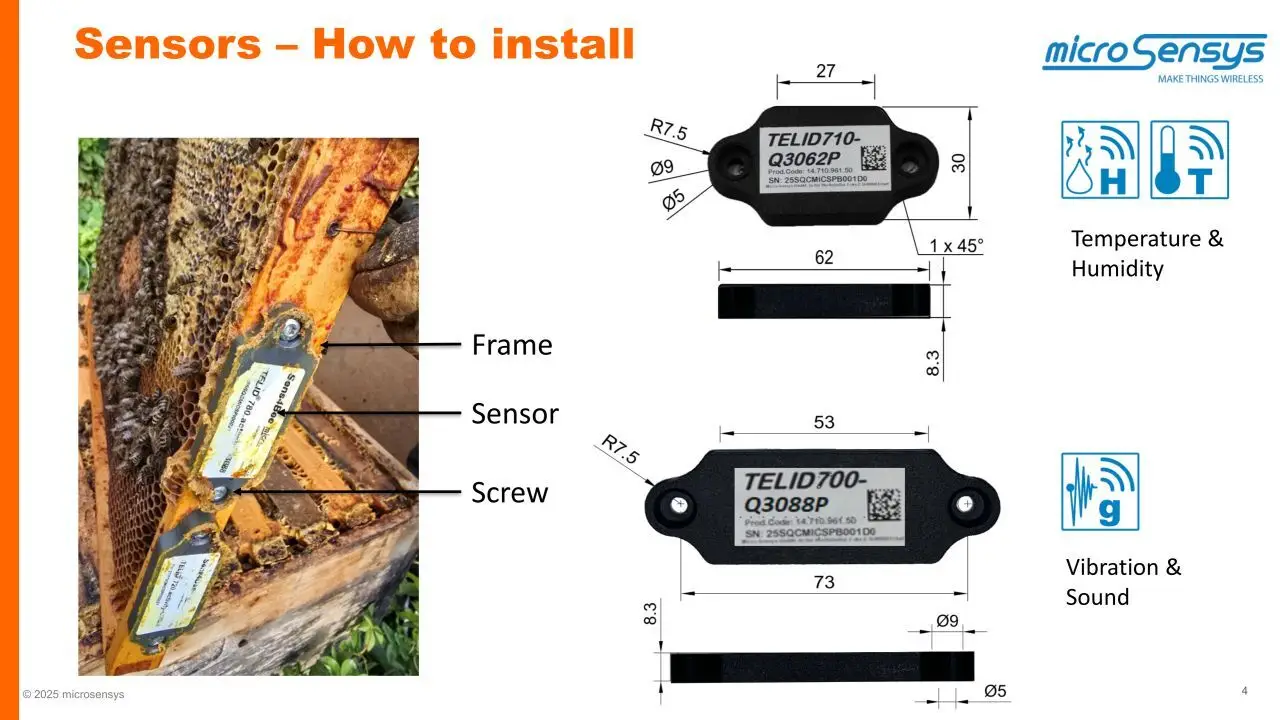
Microsensys ecosystem: TELID 710, TELID 730, TELID 780, iID Gateway, and iID cloud
Note: The previous RFID sensors have been replaced by sensor beacons.
What are beacons?
Beacons are small BLE radio transmitters that send out data packets at short intervals. They work without pairing and are received by gateways or smartphones (energy-efficient, range in the meter range). With an integrated sensor, they also transmit measured values such as temperature, humidity, or inclination.
TELID 710, TELID 730, and TELID 780 are used to record temperature, humidity, and activity in the beehive and transmit this data wirelessly to smartphones or gateways.
TELID 710 (honeycomb) – BLE temperature sensor and identification beacon with small external temperature sensor; can be placed flexibly, e.g., in honeycombs and incubators.
TELID 730 – BLE humidity sensor for measuring air humidity; proven in environments with sensitive climate requirements (e.g., beehives, greenhouses, museums, warehouses).
TELID 780.i – BLE tilt sensor for precise 2D tilt measurements; battery life of up to five years thanks to integrated high-performance lithium battery; ideal for recording activity/tilt changes in the hive.
iID Gateway, e.g. iID Industry 0906 BLE, reliably transmits the collected data to a downstream cloud system.
iID cloud: The collected data is automatically transferred to a cloud-based service, visualized there via a web interface, and the Sens4Bee alarm system informs in case of abnormalities.
Sens4Bee explains: Sensors in the hive and technology study "on the bee"
Wireless RFID sensors integrated into the beehive
The focus is on wireless RFID and BLE sensors that can be integrated into the beehive. Based on a sophisticated energy concept, the battery-powered sensors operate independently for long periods of time and collect data on temperature, humidity, vibrations, and flight activity. This data is then transferred to cloud solutions and evaluated to enable conclusions to be drawn about the health of the bee colony.
Technology study: tiny sensors directly on the bee
As part of a technology study, tiny RFID sensors and transponders were also developed that can be attached directly to individual bees. Equipped with integrated microbatteries and solar cells, the sensors are energy self-sufficient and collect data on temperature, humidity, vibrations, and flight activity. The microbatteries are recharged via energy harvesting.
Consortium and funding
The project is being led by Microsensys and the UFZ – Helmholtz Centre for Environmental Research, in close cooperation with Fraunhofer IZM and supported by the Julius Kühn Institute.
The aim is to provide innovative and animal-specific sensor technology for monitoring bee health and the environment. More information can be found on the microsensys website.
Conclusion: Why miniature RFID takes bee research to the next level
Miniature RFID is raising the bar in bee research: from rough observations to individual, data-based findings – directly at the flight hole, in the hive, and on individual animals. With mic3 Q1.6 and the Sens4Bee approach, Microsensys is positioning itself as a pacesetter in a field of research that is of central importance for agriculture, biodiversity, and food security.

